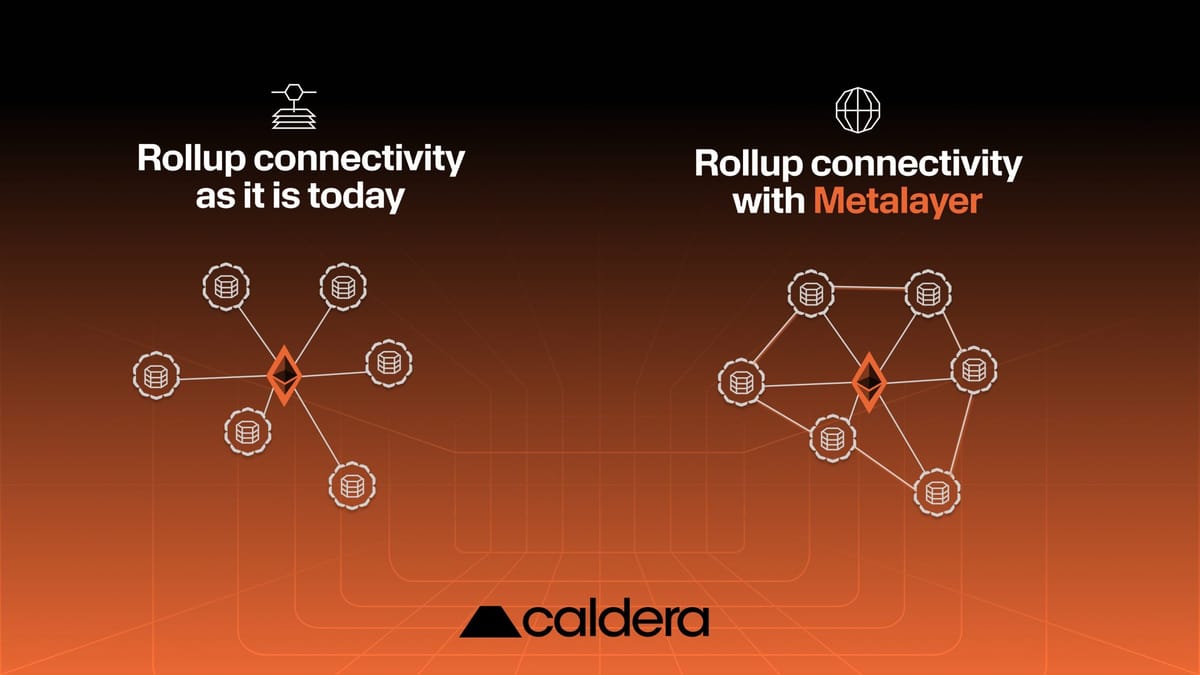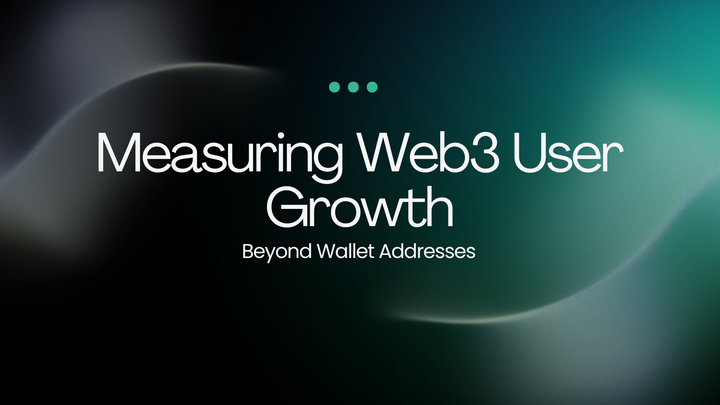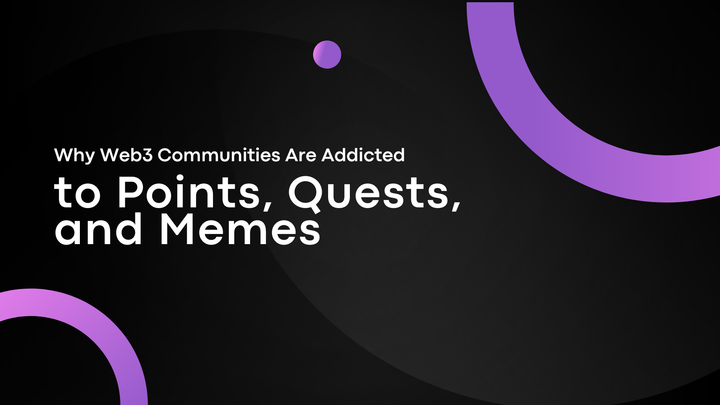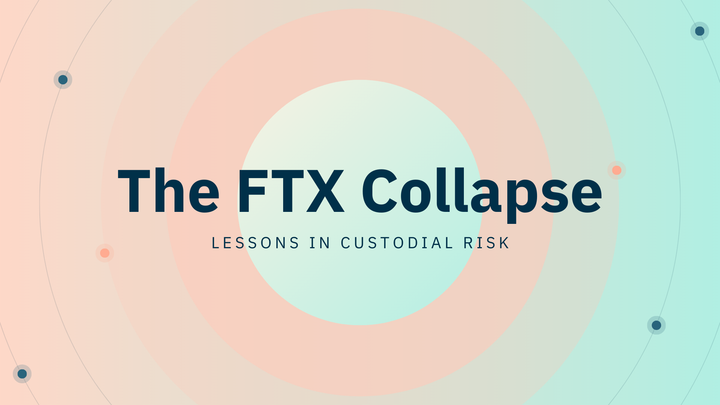Caldera Rollups: Technical Analysis and Potential Impacts

Introduction
As the modular blockchain stack matures, rollups are taking center stage. Caldera, a rollup deployment platform, offers a fast, flexible, and production ready solution that empowers developers to launch custom rollups optimized for performance and user experience.
In this article, we’ll dive into the technical design of Caldera rollups and examine the broader impact they could have on the rollup-centric future of Web3.
What Is Caldera?
Caldera is a rollup framework that enables developers to spin up application specific rollups often referred to as appchains within minutes. Built on Ethereum’s security foundation and utilizing modular components, Caldera rollups are designed to eliminate the performance bottlenecks associated with shared blockspace.
At its core, Caldera abstracts much of the complexity behind launching and maintaining a rollup. Developers can customize block time, data availability solutions, and even fee mechanisms, making it possible to fine-tune infrastructure around specific application needs.
Technical Architecture
Caldera leverages the OP Stack and is integrated with Ethereum as a settlement layer. Its architecture breaks down into a few key layers:
1. Execution Layer
The application logic is handled in an isolated execution environment, enabling consistent performance regardless of network congestion on other chains. Developers can deploy smart contracts or custom virtual machines depending on their use case.
2. Settlement Layer
Caldera rollups settle on Ethereum, inheriting its security and censorship resistance. This is where finality is anchored, which helps ensure long-term trustlessness.
3. Data Availability (DA)
Caldera is compatible with a variety of DA layers, including Ethereum calldata, Celestia, and EigenDA. This flexibility allows developers to choose the most appropriate trade-off between cost and security.
4. Decentralized Sequencers (Upcoming)
While most rollups today rely on centralized sequencers, Caldera has plans to support decentralized sequencing paving the way for censorship-resistant and more trust minimized rollups.
Why Caldera Stands Out
The rollup as a service space is getting competitive, but Caldera’s flexibility and developer first tooling give it an edge:
- No shared gas fees: Each rollup has its own fee market.
- Optimized performance: App specific rollups can be tuned for low-latency, high-throughput environments.
- Seamless integrations: Projects can plug into existing Ethereum tooling, wallets, and infrastructure.
- Fast deployment: Developers can go from idea to live rollup in hours instead of weeks.
This means new DeFi protocols, games, social apps, and more can launch with the scalability and UX of a centralized app without compromising on the decentralization guarantees of Ethereum.
Potential Impacts on the Modular Future
The shift to a modular blockchain architecture where execution, settlement, consensus, and data availability are handled by specialized layers is creating space for innovation at each layer of the stack. Caldera plays a pivotal role in this vision.
Here’s how:
- Rollup proliferation: As more applications deploy their own chains, Caldera will help reduce L1 congestion and scale Ethereum horizontally.
- Enhanced sovereignty: Projects get full control over their execution environment, enabling more innovative, permissionless experiments.
- Composability across rollups: With solutions like Mitosis enabling seamless cross rollup interoperability, Caldera rollups won’t operate in silos, they’ll be connected.
Challenges to Consider
Despite its advantages, there are still areas Caldera and similar rollup as a service providers must navigate:
- Sequencer decentralization: A major concern until widely adopted.
- Cros-rollup liquidity fragmentation: Without bridges like Mitosis, liquidity risks becoming siloed.
- Rollup discovery: Users may not want to hop chains for every app. Aggregated UIs and shared infrastructure will help solve this.
Still, the momentum is undeniable. Rollups are no longer just a scaling solution, they’re becoming the preferred architecture for the next generation of crypto applications.
Conclusion
Caldera is helping redefine how developers think about blockchain infrastructure. Instead of squeezing into general-purpose chains, teams can now launch optimized rollups built specifically for their users.
As modularity becomes the norm, Caldera’s impact will be felt not just in Ethereum’s scalability, but in the growth of application layer innovation across Web3. And with Mitosis working to connect these sovereign rollups, the future looks more interoperable and efficient than ever.
Internal Links:



Comments ()